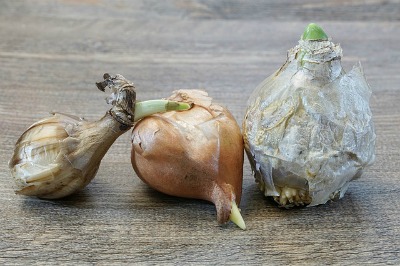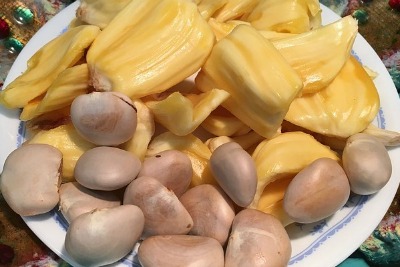What is vermicomposting?
According to Arancon and Edwards (2006), it is the non-thermophilic process by which organic materials are converted by earthworms and microorganisms into rich soil amendments with greatly increased microbial activity and nutrient availability.
The term has its origin in vermis, the Latin word for worm.
The term is also used to refer to the technology of converting raw organic materials into organic fertilizer supplements, called vermicompost, mainly through microbial action and the use of certain species of earthworm.
In addition, the technology is applied in waste management by which organic “wastes” are recycled and made available for plant growth.
This process is inseparable from vermiculture or the culture of earthworms.
In vermiculture, the earthworm is the primary product while the vermicompost is only a by-product.
But the primary object of the vermicomposter is the production of vermicompost, a special type of compost, with earthworms as a secondary product.
In vermicomposting, the organic materials must be chosen with care or mixed in the right proportions and the compost bed must be provided with optimum conditions for the growth and reproduction of earthworms so that they will be more efficient in their feeding of the organic materials and producing excreta called vermicast.


